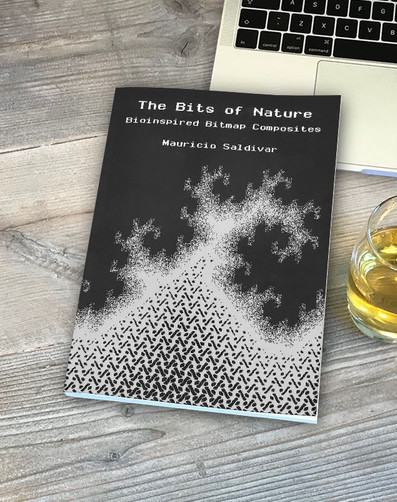
In the vast domain of biomedical engineering, the challenge of developing synthetic materials that can replace damaged tissues has proved a daunting task. Millions of years of adaptation have provided natural tissues with multiple strategies that yield highly efficient mechanical properties that are not found in human-made materials. The first of these strategies relates to their material composition. Natural materials tune their functionality through multiple constituting phases with highly different properties. The second strategy is manifested in the arrangement of these phases, where these constituents generate intricate geometries to strengthen and toughen their structures. In recent years, replicating these natural design paradigms has been a significant drive in the scientific community. Using multi-material additive manufacturing, architected materials replicate such strategies found in natural materials to achieve improved properties. However, limitations in computational resources and processing methods hinder the complexity of the design features. Bitmap multi-material 3D-printing, in contrast, offers the possibility to utilize different strategies at the level of individual voxels. In such approaches, the constituting material of each voxel can be individually selected, yielding unprecedented freedom to generate microarchitectures that seamlessly mimic the morphologies observed in natural tissues and their mechanical properties.
Download Thesis